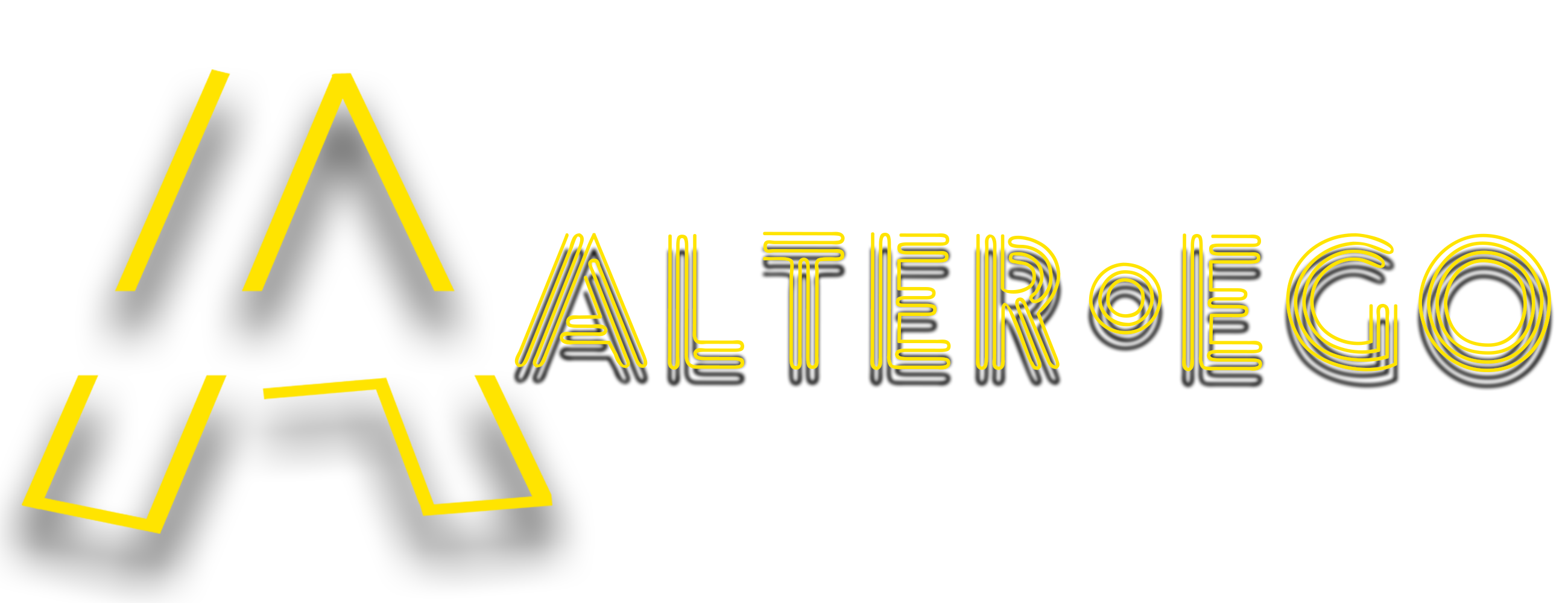As mentioned before, engaging with your audience is a good SEO practice. Including videos, images, or documents in your posts attracts attention and boosts engagement. Meta tags are pieces of HTML code, but don’t worry—you don’t have to be a programmer to add HTML meta tags to a web page.
SEO tools
One of the best ways to improve trust is by building quality backlinks from sites that have authority. While site content plays a vital role in your search engine rankings, it’s also important to consider your site architecture. Let’s take a look at some of the factors that can impact your search engine optimization ranking. Additionally, content must be created with search engines in mind, meeting the criteria for ranking high in search results. To succeed with programmatic SEO, each generated page must provide unique, valuable, and relevant content.
Build links from relevant websites
- SEO is all about answering the questions and information needs of your customers rather than interrupting them with a paid advertisement.
- Page experience includes existing SEO factors such as mobile-friendliness, website security, and page speed.
- On-page SEO (or on-site SEO) is the set of actions you can do on your website directly to help search engines better crawl and understand your pages and connect them to relevant keywords.
- Search engine optimization focuses on improving a website and its content, while pay-per-click advertising focuses on improving an ad campaign and its ads.
Unlike Efficient App, where reviews are written in blog posts by the actual company, G2’s reviews come straight from user-generated content. It’s people who actually use a service that then go and review it on G2. And eventually, I did start ranking on the first page for “digital marketing jobs”. And even getting mentioned on social media platforms like LinkedIn or X (Twitter) can cause a lift in your rankings. When someone talks about Marketer Milk on LinkedIn, I see a slight lift in my SEO traffic.
Thus, even a small improvement in search engine rankings can result in a website receiving more traffic and potentially business. SEM stands for Search Engine Marketing, which is just another way of saying search marketing. It’s a broad term that includes both SEO and PPC, all aiming to drive traffic to your site through organic (unpaid) and paid efforts.
This means that the more effort you put into optimizing your site, the more traffic you can potentially receive. In contrast, paid traffic will immediately cease once you stop paying for ads. When people talk about SEO, they often have optimization for Google in mind. The short answer is yes if you run a small to medium-sized website. All you need is some time to learn and practice SEO, plus good SEO tools that offer vast and accurate data.
You’ll want to optimize every page of your website, including the home page, about page, and other static pages, as well as blogs, articles, sales pages, and lead capture landing pages. Where you rank on SEO Anomaly SERP matters; the first organic (unpaid) search result on Google receives 27.6 percent of clicks, according to Backlinko 1. A significant decline in clicks occurs for results on the second page, meaning that appearing on the first page garners more visibility.
An SEO strategy is a plan to create, optimize, and promote content to improve its visibility in search engine results, attracting more organic traffic to a website. It involves a variety of techniques, such as keyword research, on-page optimization, technical SEO, and link building. This involves optimizing webpages, improving technical performance, and building credibility through links and engagement—so that both search engines and users see your site as valuable. Broken links can occur due to changes in URL, removal of content, typographical errors, server issues, or other factors, disrupting the seamless navigation of users through a website. Addressing broken links is crucial for maintaining a positive user experience and preserving the integrity of a website’s navigation structure.
